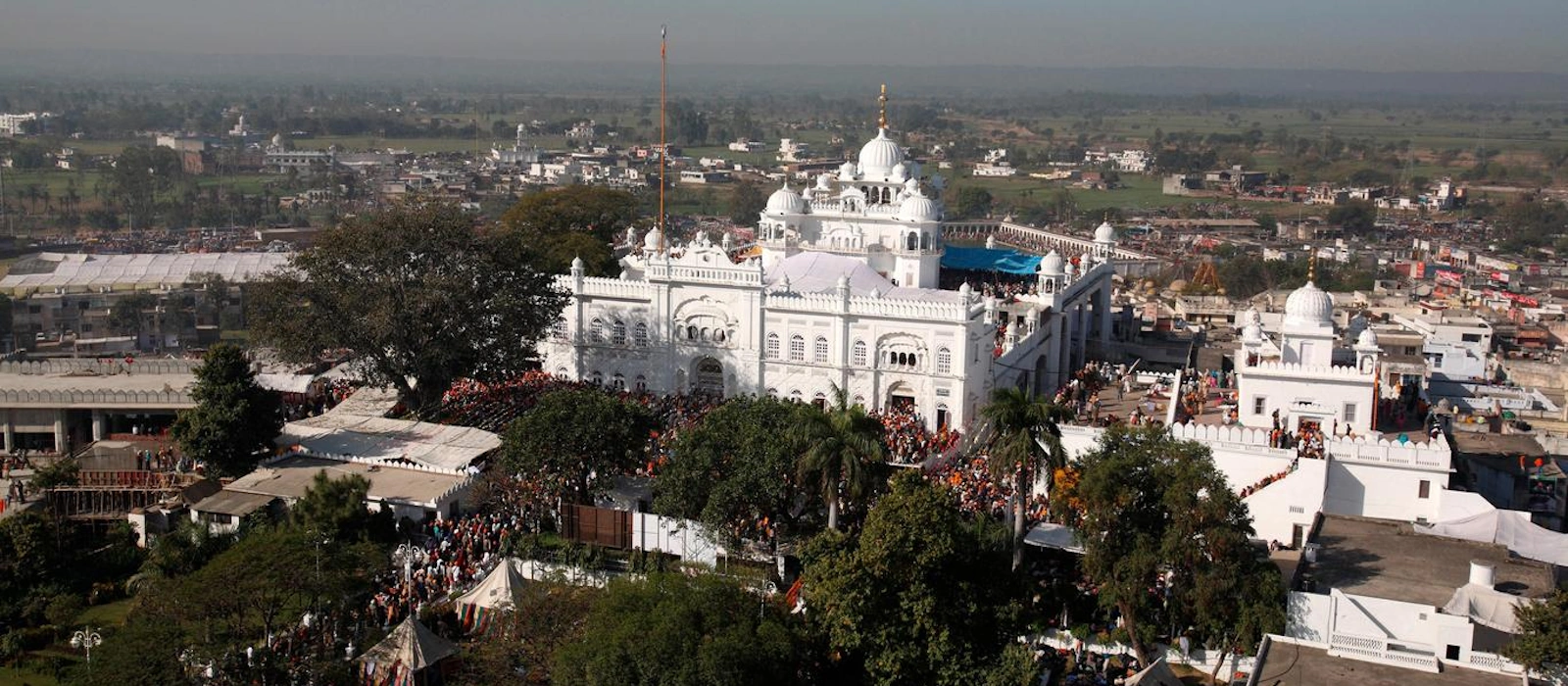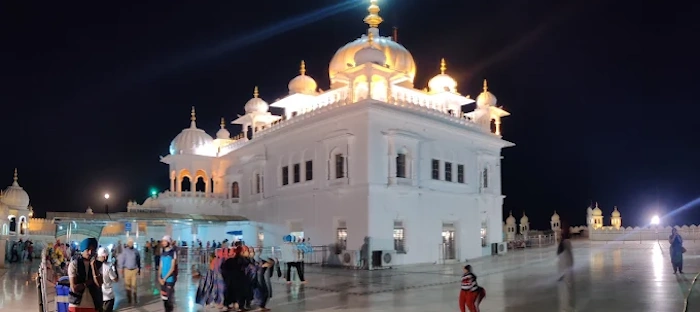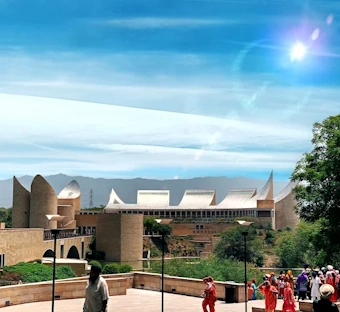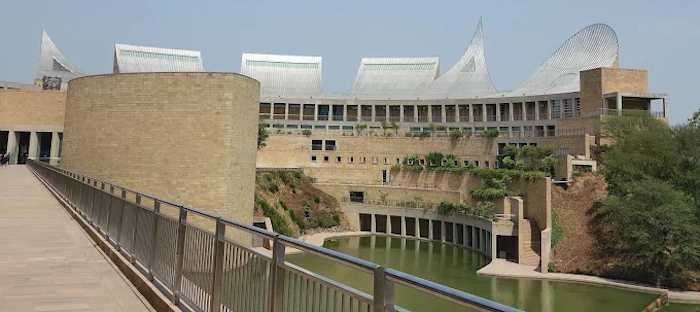Anandpur Sahib, a historic city in the Rupnagar district of Punjab, India, holds immense religious and cultural significance, particularly for Sikhs. It is renowned for being one of the holiest cities in Sikhism, and it has played a pivotal role in the history of the Sikh faith. The town is located on the banks of the River Sutlej, approximately 40 kilometers from Chandigarh, and is easily accessible by road. Anandpur Sahib is often referred to as the “City of Bliss” due to its spiritual atmosphere and historical importance. It attracts a large number of pilgrims and visitors from around the world every year, especially during key religious festivals.
The most prominent landmark in Anandpur Sahib is the Takht Sri Kesgarh Sahib, one of the five Takhts (seats of authority) of Sikhism. It was at this Gurudwara that the Khalsa was founded in 1699 by Guru Gobind Singh Ji, the tenth Sikh Guru. This event, known as Vaisakhi, marked a turning point in Sikh history, as Guru Gobind Singh Ji initiated the first five Sikhs into the Khalsa, a collective body of initiated Sikhs. The Gurudwara is a center of spiritual learning and a site of pilgrimage for Sikhs. It is known for its stunning architecture and tranquil surroundings, offering a place for visitors to reflect on the teachings of Guru Gobind Singh Ji and the significance of the Khalsa.
Another important site in Anandpur Sahib is the Gurudwara Sri Keshgarh Sahib, which commemorates the historic event of the formation of the Khalsa. The Gurudwara is not only a religious center but also a symbol of Sikh unity, strength, and spiritual resolve. It houses the holy Sri Guru Granth Sahib, the central religious scripture of Sikhism, and offers a peaceful environment for meditation and prayer.
Anandpur Sahib is also famous for its historic forts and battlefields. The town witnessed several key battles, particularly during the time of the Mughal Empire and later, during the conflicts between the Sikh community and the Mughal rulers. The Anandgarh Fort, located near the city, stands as a symbol of the resilience and courage of the Sikh warriors. The fort was constructed by Guru Gobind Singh Ji and is an important reminder of the military history of the region. The fort complex houses several buildings, including a temple and a museum, which provide valuable insights into the battles and the military strategy used by the Sikhs.
The Virasat-e-Khalsa Museum in Anandpur Sahib is another notable attraction. It is a museum dedicated to showcasing the rich heritage and history of Sikhism, from the birth of Guru Nanak Dev Ji to the modern-day Sikh community. The museum’s exhibits include historical artifacts, artwork, and multimedia presentations that detail the struggles, achievements, and contributions of Sikhism and its leaders. This museum is a must-visit for anyone interested in learning about the rich and diverse history of Sikh culture.
Anandpur Sahib is also famous for its vibrant celebrations, especially during the Vaisakhi festival. Every year, the town hosts a grand Vaisakhi Mela (fair), which marks the founding of the Khalsa. Thousands of devotees gather for prayers, processions, and celebrations that include traditional Punjabi music, dance, and religious rituals. The event is a major cultural and religious gathering, making it one of the most important festivals in the Sikh calendar.
In addition to its religious and historical sites, Anandpur Sahib offers beautiful natural surroundings. The town is located in the foothills of the Shivalik Range, and the landscape is filled with lush greenery, rivers, and hills, creating a peaceful and serene environment. The natural beauty of the area, combined with its spiritual ambiance, makes Anandpur Sahib a perfect place for reflection, prayer, and rejuvenation.





